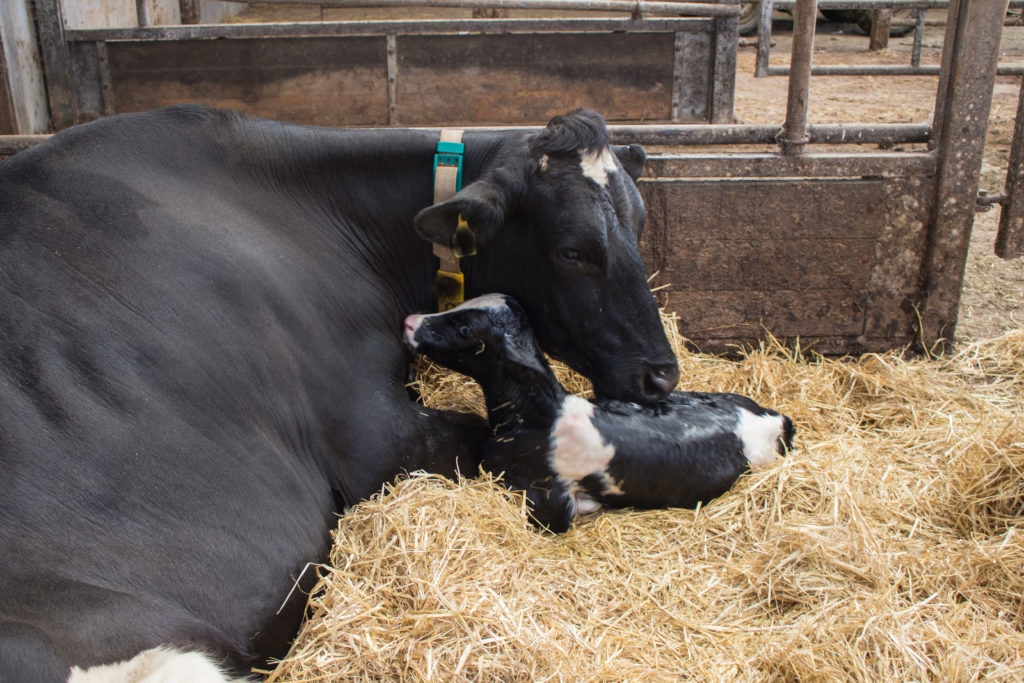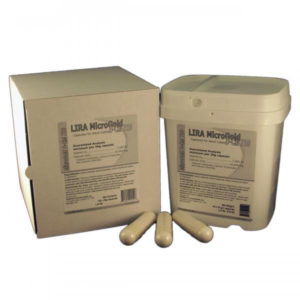
Fresh Cow Support
Fresh Cow Support

A solid fresh cow support program can have a big economic impact on your operation. Milk fever (hypocalcemic paresis puerperalis), the clinical manifestation of parturient hypocalcemia, is a disease of considerable importance for dairy cow welfare and economy. Approximately 6 percent of the dairy cows in the U.S. are affected annually by milk fever. In the most extreme cases, intravenous calcium products are used to keep the cow alive until intestinal and bone calcium regulatory mechanisms adapt.
Furthermore, a significantly higher percentage of cows experience some decrease in blood calcium (hypocalcemia) just after calving and during early lactation. However, not all cases of milk fever are due to hypocalcemia, as some cases are complicated due to low blood magnesium (hypomagnesemia) and phosphorus (hypophosphatemia).
Generally, sub-acute milk fever occurs within 14 days of calving and each episode can cost the dairy approximately $181 (national average; cumulative expense of illness and lost productivity). Efforts to elevate blood essential minerals in fresh cows can benefit milk production even in herds that do not outwardly have a milk fever problem!




